AKCP SP1+ User manual
Other AKCP Measuring Instrument manuals
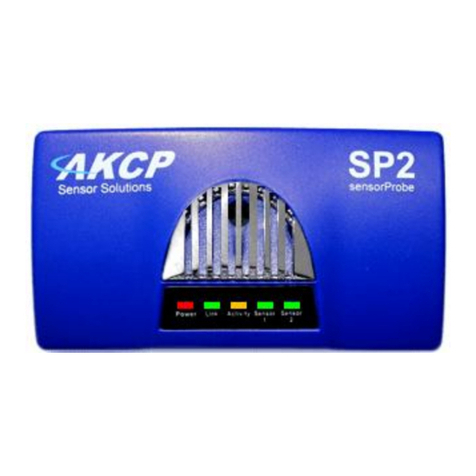
AKCP
AKCP sensorProbe2 User manual

AKCP
AKCP Inline Power Meter AC User manual
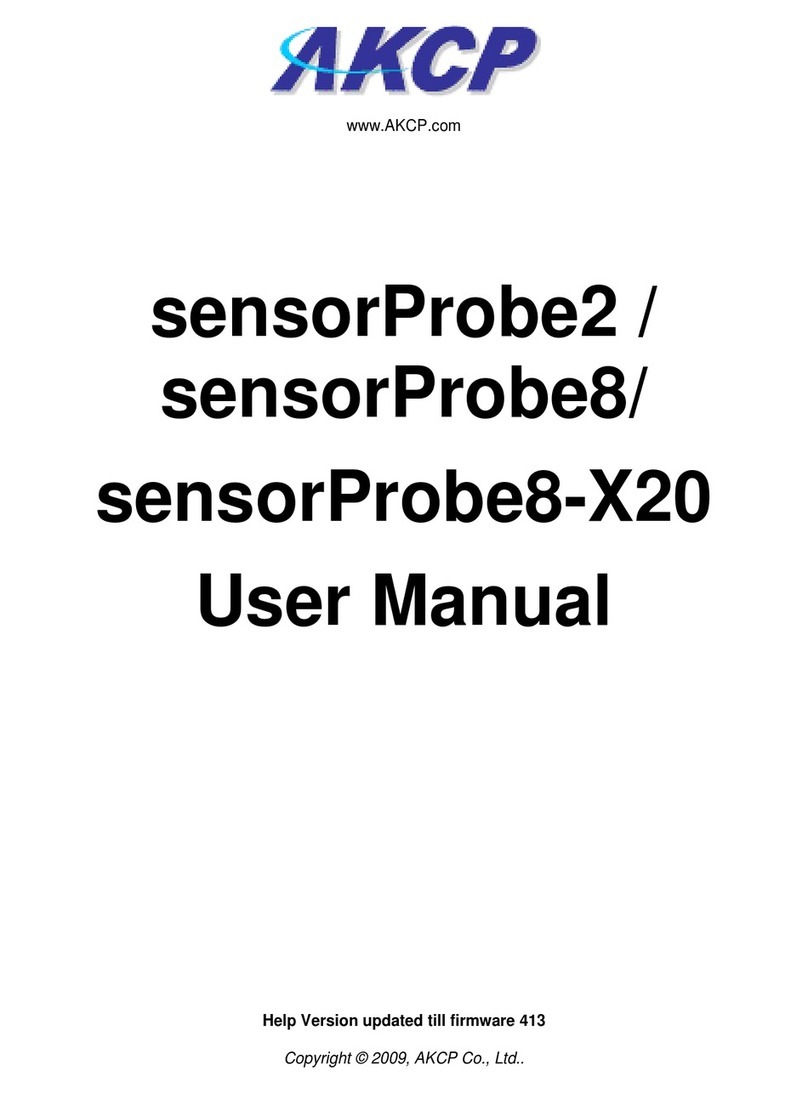
AKCP
AKCP sensorProbe8 User manual
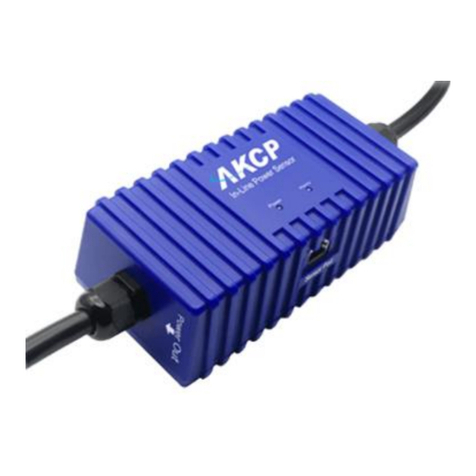
AKCP
AKCP ILPM User manual

AKCP
AKCP SP1+ Instruction manual
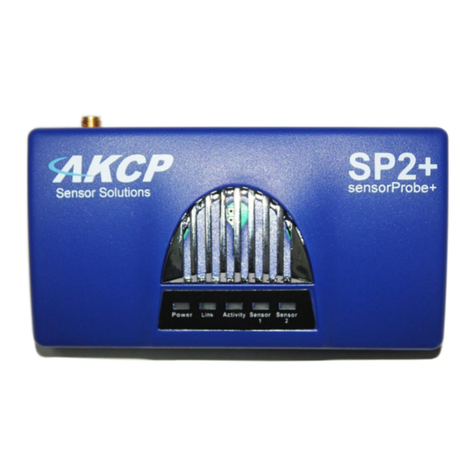
AKCP
AKCP SensorProbe2 PLUS Reference manual
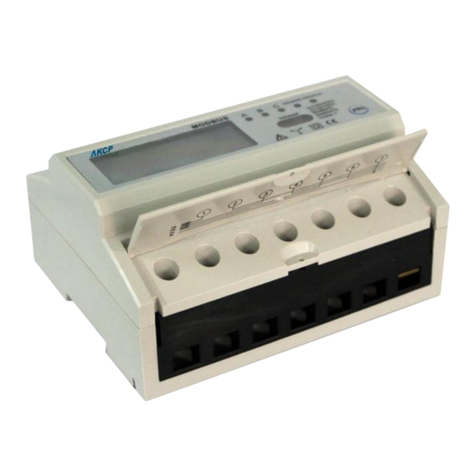
AKCP
AKCP PMS120-CT50 User manual
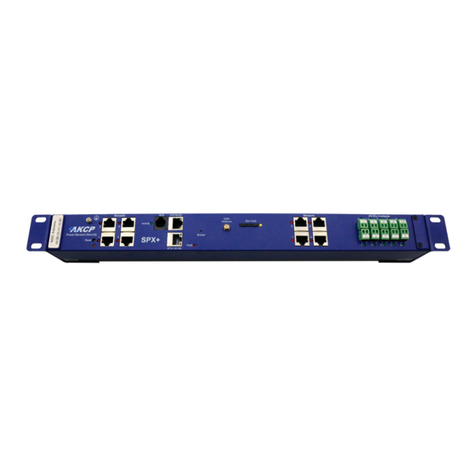
AKCP
AKCP SPX+ Reference manual
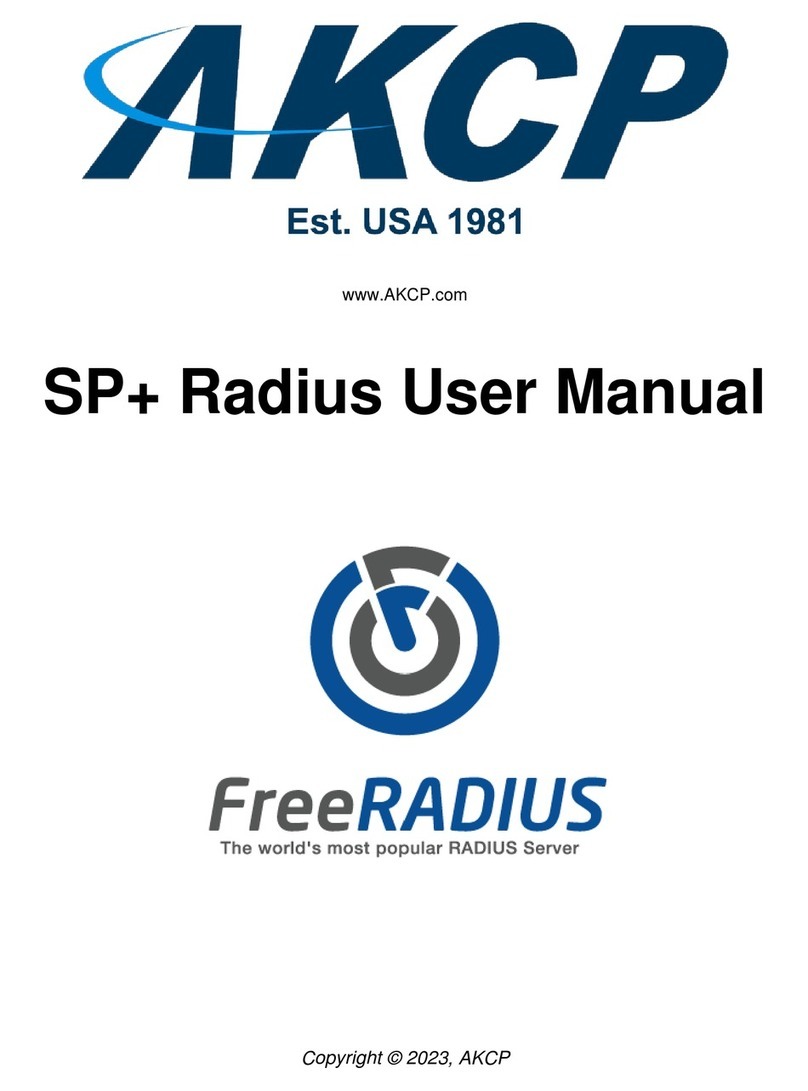
AKCP
AKCP FreeRADIUS SP+ User manual
Popular Measuring Instrument manuals by other brands

Powerfix Profi
Powerfix Profi 278296 Operation and safety notes

Test Equipment Depot
Test Equipment Depot GVT-427B user manual

Fieldpiece
Fieldpiece ACH Operator's manual

FLYSURFER
FLYSURFER VIRON3 user manual

GMW
GMW TG uni 1 operating manual

Downeaster
Downeaster Wind & Weather Medallion Series instruction manual

Hanna Instruments
Hanna Instruments HI96725C instruction manual

Nokeval
Nokeval KMR260 quick guide

HOKUYO AUTOMATIC
HOKUYO AUTOMATIC UBG-05LN instruction manual

Fluke
Fluke 96000 Series Operator's manual

Test Products International
Test Products International SP565 user manual

General Sleep
General Sleep Zmachine Insight+ DT-200 Service manual















